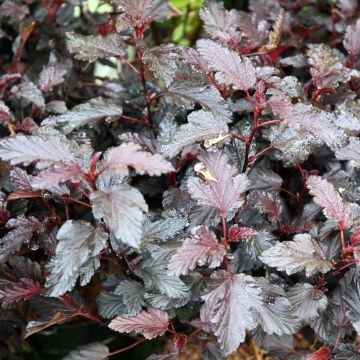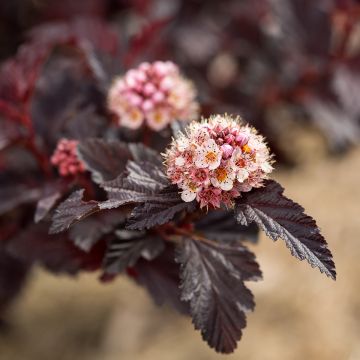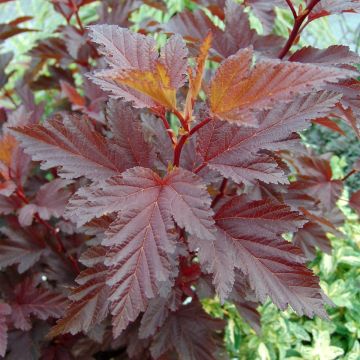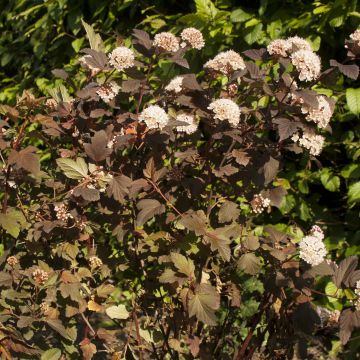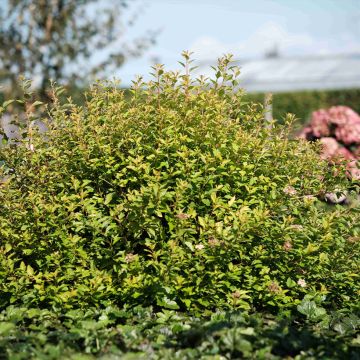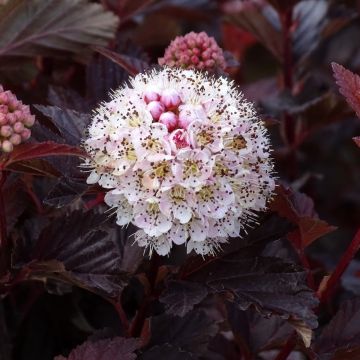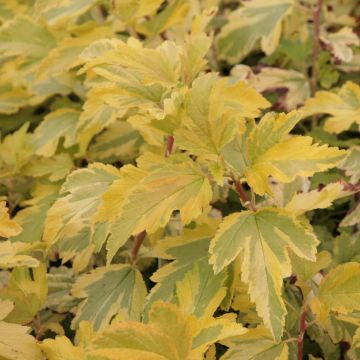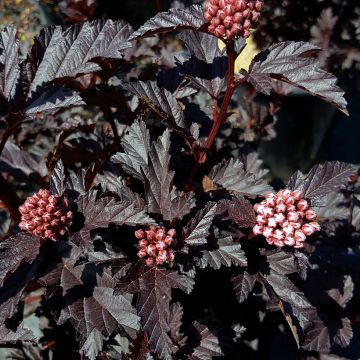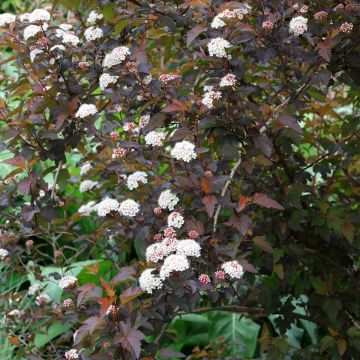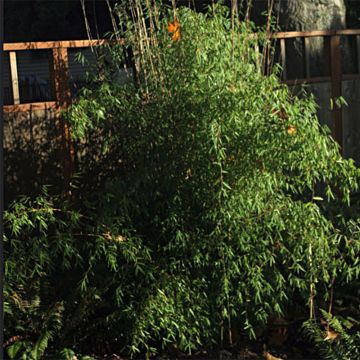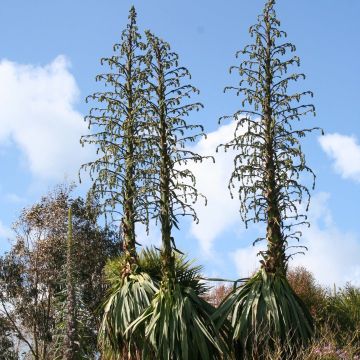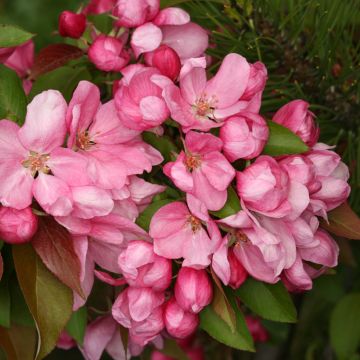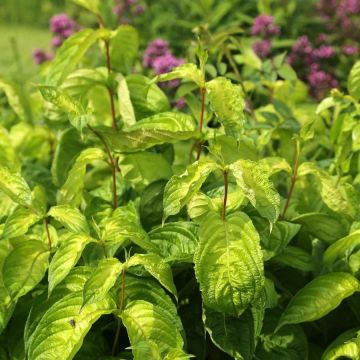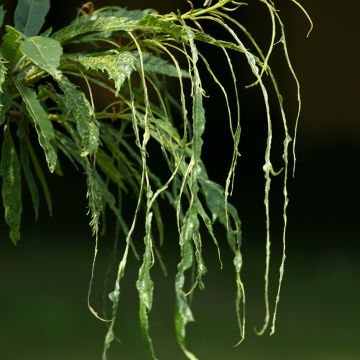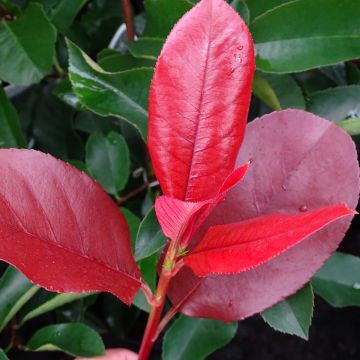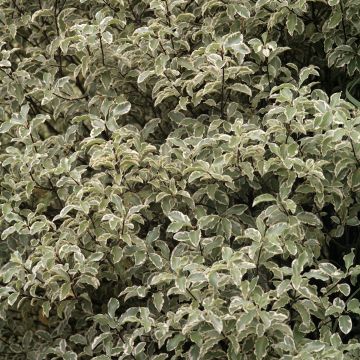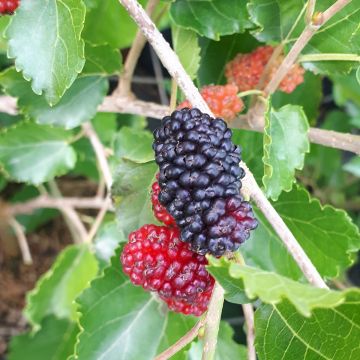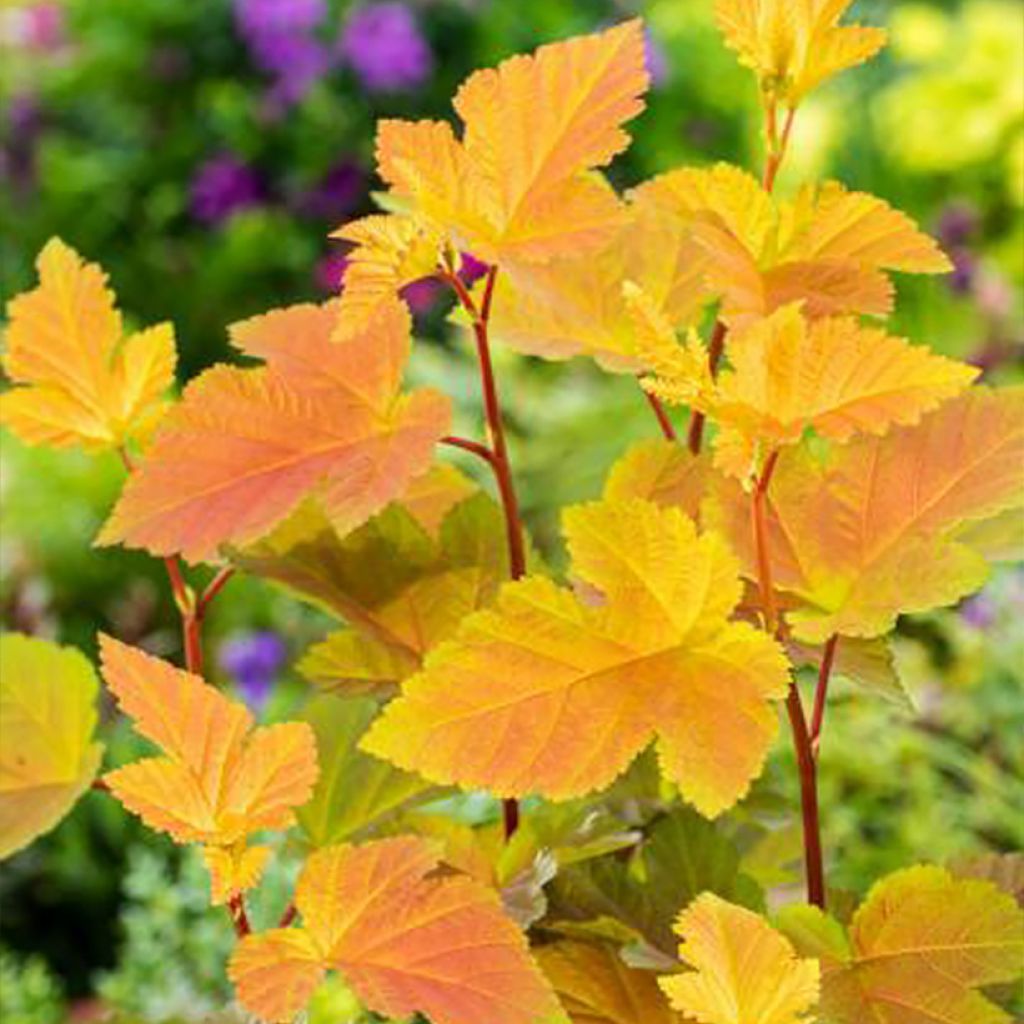

Physocarpus opulifolius Magic Ball - Physocarpe
Physocarpus opulifolius Magic Ball - Ninebark
Physocarpus opulifolius Magic Ball
Ninebark
Please do not cut the bushes anymore unless absolutely necessary. The physocarpus was supposed to grow to be between 30/40 cm (12/16in), but in the end it only reaches 18 cm (7in)! Apart from that, the plant is healthy, and the foliage looks very beautiful. It's a shame that it's practically at ground level.
Mireille, 29/03/2023
This item cannot be shipped to the selected country
Delivery charge from €5.90
More information
Delivery charge from €5.90
More information
Schedule delivery date,
and select date in basket
This plant carries a 24 months recovery warranty
More information
We guarantee the quality of our plants for a full growing cycle, and will replace at our expense any plant that fails to recover under normal climatic and planting conditions.
From €5.90 for pickup delivery and €6.90 for home delivery
Express home delivery from €8.90.
Does this plant fit my garden?
Set up your Plantfit profile →
Description
Physocarpus opulifolius 'Magic Ball' is a very recent variety of viburnum-leaved Physocarpus that is distinguished by the constantly changing colouration of its foliage. This compact little shrub opens its first leaves in beautiful orange tones, then they evolve into green and golden yellow before turning red, or even brown, in autumn. This constant spectacle is further enhanced by a charming flowering in white-pink corymbs in June, followed by decorative red fruits. Very hardy, equally at ease in a diverse bed or cultivated in a pot, this Physocarpus will grow in full sun or partial shade, in slightly acidic to neutral soil that is not too dry.
Physocarpus opulifolius 'Magic Ball' belongs to the large and important family of Rosaceae, which blesses us with so many ornamental species (Roses, of course, but also Photinia, Cotoneaster, Amelanchier...) as well as most of our temperate climate fruit trees (Pear, Apple, Cherry, Peach, Apricot, Plum...), not to mention numerous wild plants in our countryside and forests. The species-type Physocarpus opulifolius is native to the eastern United States, and widespread up to Quebec and Manitoba. It is a moderate-sized shrub (1 to 3m (3 to 10ft) tall) that adapts to a wide range of edaphic conditions (soil types) and climates. Furthermore, it is a very hardy species, not surprising that it has given rise to numerous ornamental varieties given its robust qualities.
'Magic Ball' arrived on the market in 2021 and stands out for the color variations of its foliage. This compact shrub forms a dense tuft of about 1.20m (4ft) in all directions, and a maximum of 1.50m (5ft). It bears leaves that are quite deeply divided into 3 lobes, one central and two smaller lateral ones, with a doubly dentate lamina. When they appear in spring, they have a slightly wrinkled appearance that is absolutely charming, and above all, a bright orange colour that arouses astonishment. Then they evolve into a golden yellow with sometimes touches of green during the summer, before turning red in autumn, sometimes ending up purple-brown, to finish the season in beauty. In June, small white-pink flowers appear in corymbs of about 5cm (2in) in diameter, which contrast well with the colourful foliage. These nectar-bearing flowers then produce decorative red fruits. This little Physocarpus thus provides a constantly renewing spectacle for the pleasure of the eyes in the garden. It is also possible to enjoy it on a terrace as its limited growth and ability to withstand pruning easily allow it to be cultivated in a container. In open ground, it should be placed in a sunny or partially shaded location, in soil that is not too dry or too chalky. Once well-rooted, it is however quite resistant to drought but will always be more beautiful with regular watering. It is an easy-to-grow and extremely hardy shrub (approximately -28°C (1°F)), which can find its place in all gardens, no matter how small.
Physocarpus 'Magic Ball', very compact, will be an attractive feature in a bed, thanks to its changing colours. In a small garden, you can associate it with other compact plants to create an inspiring scene all year round. The superb red and violet bells of Fuchsia magellanica 'Riccartonii' will take over from its summer flowering, while the green foliage of this shrub will contrast well with the colours of 'Magic Ball'. The pink and fluffy plumes of Cotinus coggygria 'Young Lady' will also accompany our little Physocarpus throughout the summer, and to animate the winter, think of evergreens with decorative foliage, such as the classic Euonymus fortunei 'Emerald Gaiety', whose green leaves edged in white sometimes turn pink in the winter cold.
The name Physocarpus opulifolius comes from the Greek 'phusa', which means air bubble or vesicle, and 'karpos', which refers to the fruit, in reference to the shape of the fruit. The resemblance of its foliage to that of Viburnum opulus earned it its specific name "opulifolius". Introduced to Europe around 1687, the many colorful cultivars that have been created in recent years have allowed it to make a strong comeback in gardens.
Plant habit
Flowering
Foliage
Botanical data
Physocarpus
opulifolius
Magic Ball
Rosaceae
Ninebark
Cultivar or hybrid
Other Physocarpus
Planting and care
Plant Physocarpus opulifolius 'Magic Ball' in deep, well-loosened, humus-rich, and preferably moist, neutral to acidic soil. It fears excess limestone and excessively dry and/or compacted soils. During planting, soak the root ball in a bucket for about twenty minutes. In the meantime, dig a hole 50cm (20in) in all directions, mix planting compost with the existing soil (half and half), and water. Place the root ball, backfill around it, and water thoroughly. It is important to avoid letting the soil dry out in summer and to avoid showering the foliage during heatwaves. This bush will thrive in partial shade or full sun, but the foliage colours will be more pronounced if it is planted in a well-sunlit location.
Planting period
Intended location
Care
Striking foliage shrubs
Haven't found what you were looking for?
Hardiness is the lowest winter temperature a plant can endure without suffering serious damage or even dying. However, hardiness is affected by location (a sheltered area, such as a patio), protection (winter cover) and soil type (hardiness is improved by well-drained soil).

Photo Sharing Terms & Conditions
In order to encourage gardeners to interact and share their experiences, Promesse de fleurs offers various media enabling content to be uploaded onto its Site - in particular via the ‘Photo sharing’ module.
The User agrees to refrain from:
- Posting any content that is illegal, prejudicial, insulting, racist, inciteful to hatred, revisionist, contrary to public decency, that infringes on privacy or on the privacy rights of third parties, in particular the publicity rights of persons and goods, intellectual property rights, or the right to privacy.
- Submitting content on behalf of a third party;
- Impersonate the identity of a third party and/or publish any personal information about a third party;
In general, the User undertakes to refrain from any unethical behaviour.
All Content (in particular text, comments, files, images, photos, videos, creative works, etc.), which may be subject to property or intellectual property rights, image or other private rights, shall remain the property of the User, subject to the limited rights granted by the terms of the licence granted by Promesse de fleurs as stated below. Users are at liberty to publish or not to publish such Content on the Site, notably via the ‘Photo Sharing’ facility, and accept that this Content shall be made public and freely accessible, notably on the Internet.
Users further acknowledge, undertake to have ,and guarantee that they hold all necessary rights and permissions to publish such material on the Site, in particular with regard to the legislation in force pertaining to any privacy, property, intellectual property, image, or contractual rights, or rights of any other nature. By publishing such Content on the Site, Users acknowledge accepting full liability as publishers of the Content within the meaning of the law, and grant Promesse de fleurs, free of charge, an inclusive, worldwide licence for the said Content for the entire duration of its publication, including all reproduction, representation, up/downloading, displaying, performing, transmission, and storage rights.
Users also grant permission for their name to be linked to the Content and accept that this link may not always be made available.
By engaging in posting material, Users consent to their Content becoming automatically accessible on the Internet, in particular on other sites and/or blogs and/or web pages of the Promesse de fleurs site, including in particular social pages and the Promesse de fleurs catalogue.
Users may secure the removal of entrusted content free of charge by issuing a simple request via our contact form.

































